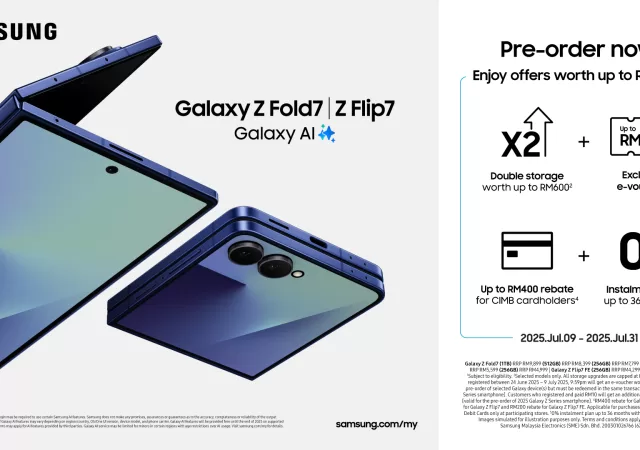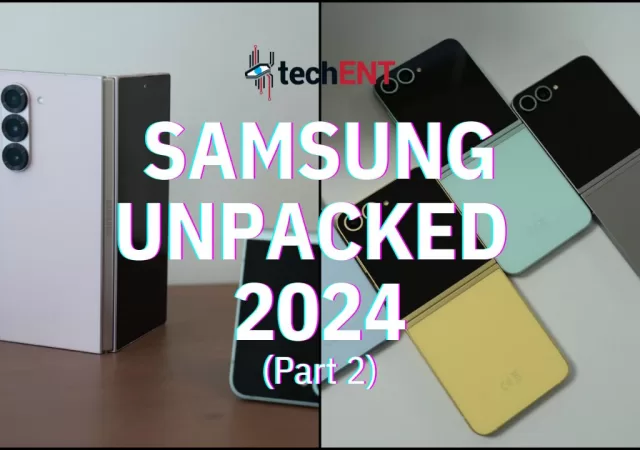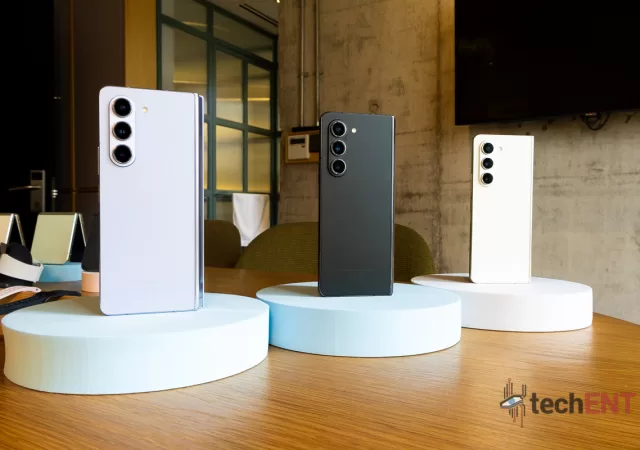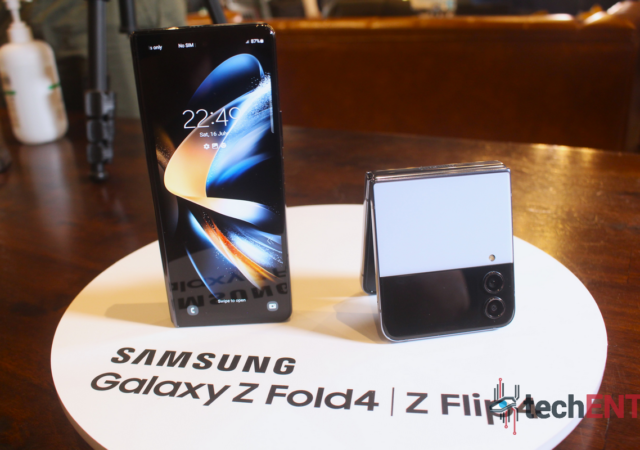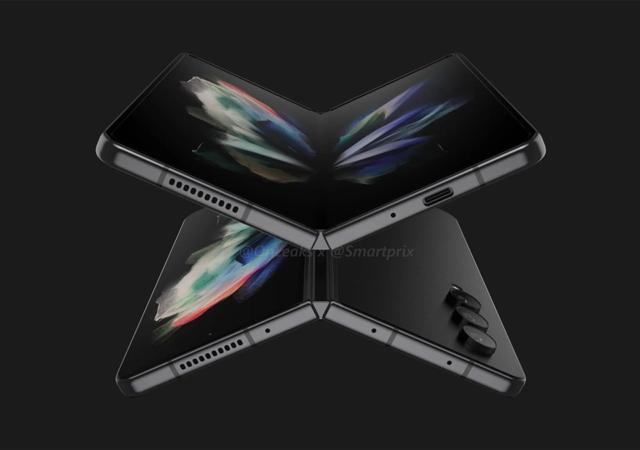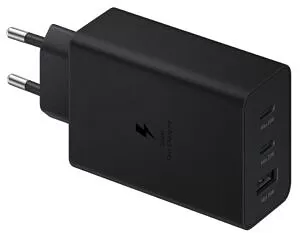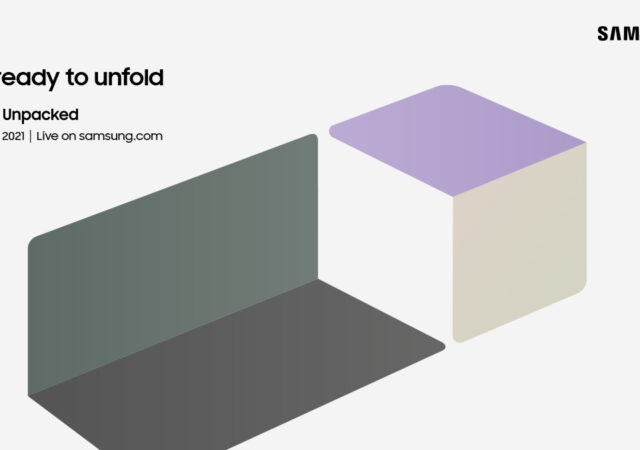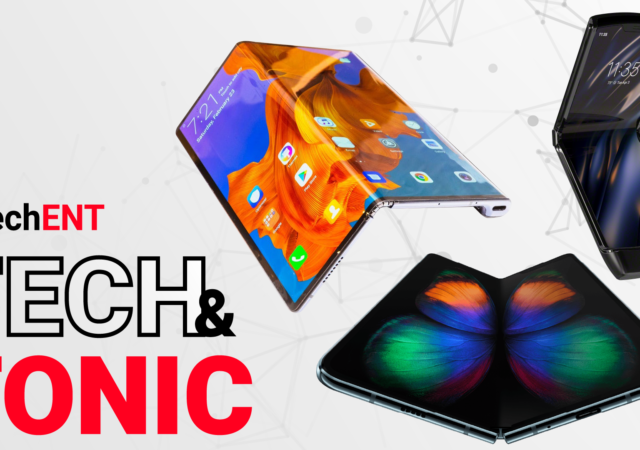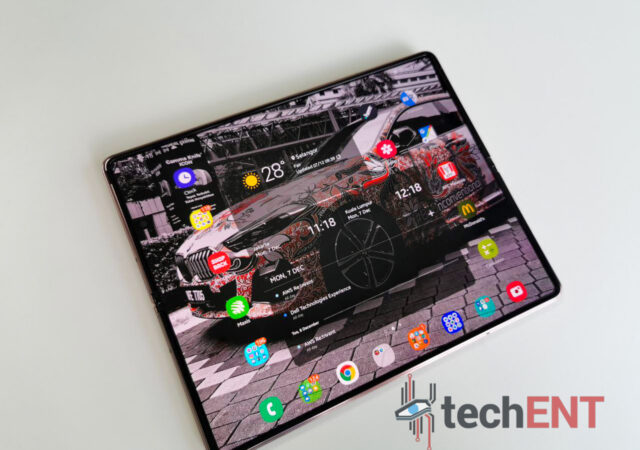Samsung’s new Galaxy Z Fold7, Z Flip7 and Z Flip7 FE go up for pre-order in Malaysia with promotions worth up to RM1,390.
Unpacking the Samsung Galaxy Z Fold6 & Galaxy Z Flip6
Samsung has just annnounced the new Galaxy Z series with the Galaxy Z Fold6 and the Galaxy Z Flip6 complete with features powered by Galaxy AI.
Flip Out with the Galaxy Z Flip5 & Galaxy Z Fold5 in Flip Town!
Samsung is cooking up something in the vibrant Golden Triangle…and has unleashed Flip Town! From now until 31 August, visit Flip Town to try out the latest Galaxy Z Flip5 and Galaxy Z Fold5 before they hit the stores! To…
Samsung’s New Galaxy Z Fold5 Is Built for Productivity with a Slimmer S Pen & Slimmer Silhouette
Samsung introduces the new Galaxy Fold5 which brings small but impactful changes that make the foldable tablet a more compelling piece of technology.
Samsung’s New Galaxy Z Fold4 Unpacked With More Productivity-Focused Features
Samsung’s new Galaxy Z Fold4 has been unpacked with an increased emphasis on productivity and updates that put it on par with other Samsung flagships.
Samsung Galaxy Z Fold 4 Rumour Round-Up
Samsung’s Galaxy Z Fold 4 is poised to make its debut in a few days. Here’s everything you need to know about the upcoming foldable.
Samsung is Back in Fast Charging Game
Samsung plans to release a 65W charger alongside a 45W charger. Does this mean Samsung is going to release faster charging devices?
Samsung’s Galaxy Unpacked 2021 Event is Happening Tonight! What is Unfolding?
Samsung’s Galaxy Unpacked 2021 event is happening tonight. Here is what you can expect out of the August Unpacked Event tonight.
Tech & Tonic Podcast S02E08 – Do Foldable Smartphones and Tablets Make More Sense in 2021?
Do foldable smartphones and tablets make more sense in 2021? That’s the question we’re talking about on the Tech & Tonic Podcast!
The Samsung Galaxy Z Fold2 In-Depth Review – Unfolding New Possibilities
Welcome to the 2004 Nokia 9110 Communicator. This device harks back to a simpler time where mobile phones did not have coloured displays. The green hued colourless displayed was more related to an 8-bit animation console of the time than…



